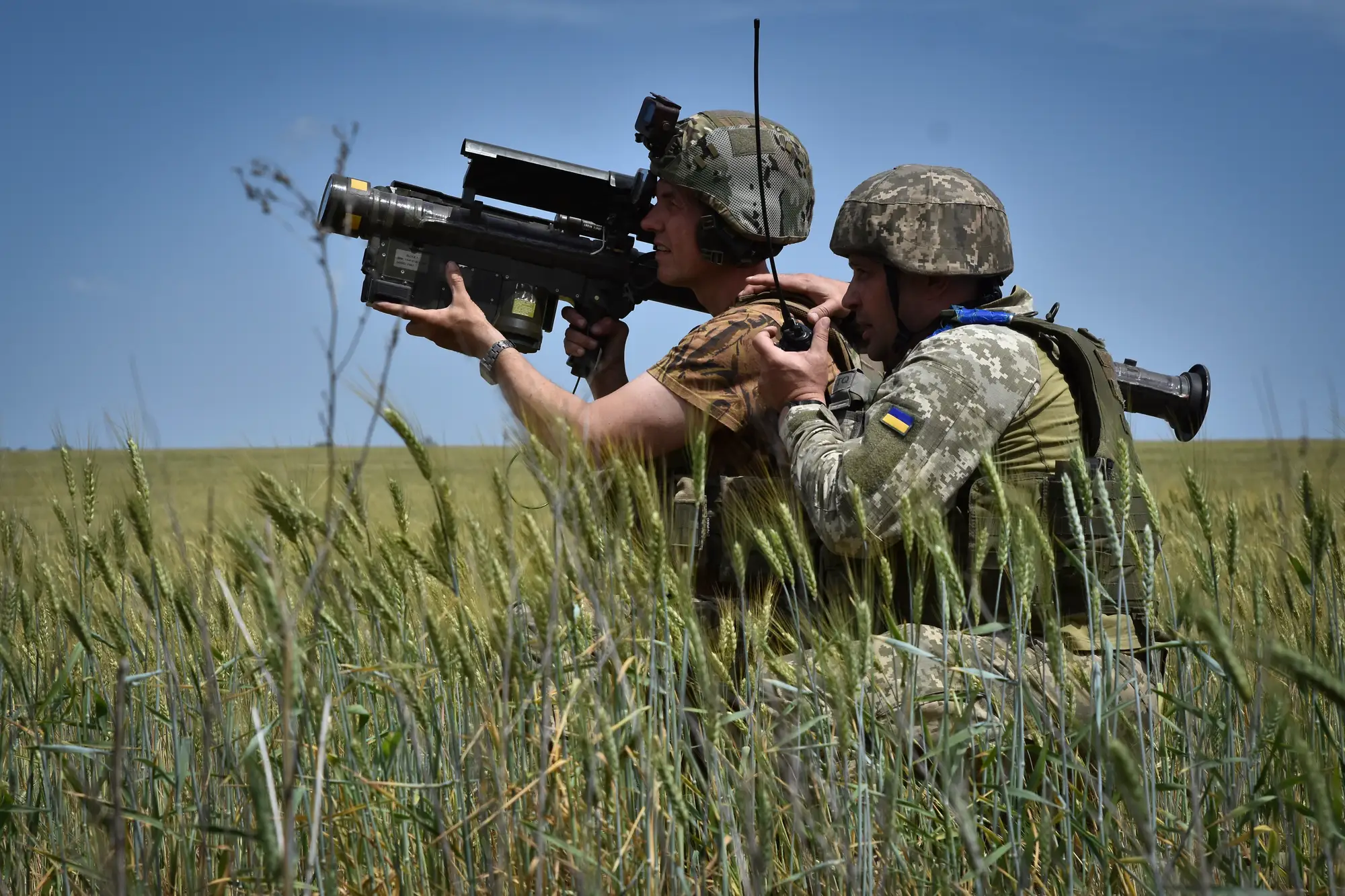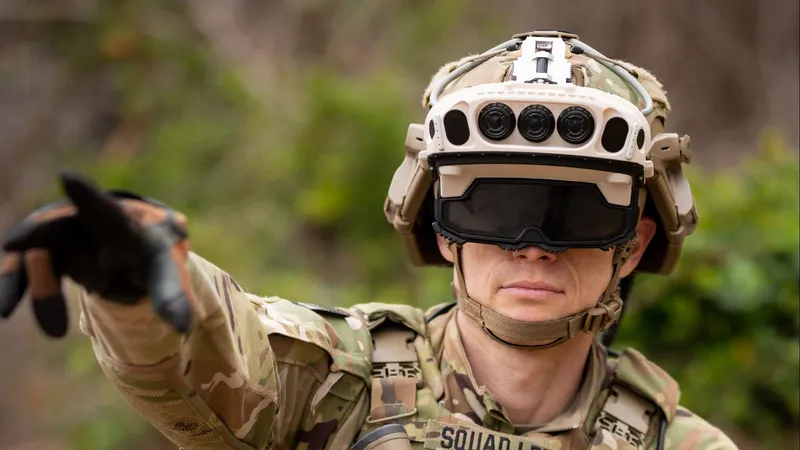
Meta and Anduril, the company founded by Palmer Luckey (ex-Oculus), are now collaborating on the development of XR equipment for military use, as part of the SBMC Next program (formerly IVAS). This strategic partnership aims to create next-generation XR helmets, integrating immersive technologies and artificial intelligence in service of the U.S. armed forces.
The helmet developed, called Eagle Eye, is not just an XR accessory but a true augmented combat platform, designed to completely replace traditional combat helmets. It combines:
🎙️ Palmer Luckey: “My mission has always been to turn fighters into techno-magicians.”
🤖 Andrew Bosworth (CTO of Meta): “Our aim is to bring these technologies to life.”
Designed as a modular platform, Eagle Eye can be adapted according to user roles: front-line combatants, logisticians, maintenance technicians, etc., with options tailored to the field of view, level of ballistic protection, or required endurance.

Eagle Eye benefits from an unprecedented level of technology, free from the constraints of the consumer market:
Although the system introduces some peripheral visual stitching due to the arrangement of its screens, this compromise is considered acceptable in a military context—where survival takes precedence over perfect immersion.
Palmer Luckey: “What we do would never end up at Apple or inside a headset sold at Best Buy. But on the ground, it saves lives.”
A major contract in the crosshairs
The IVAS program, originally awarded to Microsoft for $22 billion, was transferred to Anduril at the beginning of 2025. Microsoft remains involved as a cloud provider, but both the hardware and software are now under Anduril’s responsibility.
Together, Meta and Anduril are now targeting a new contract estimated at $100 billion, aiming to equip the U.S. Army with Eagle Eye helmets under the SBMC Next program. However, both companies insist that development will continue even if the contract is not formally secured.
Company statement: “We’re not doing this just for the contract. We’re doing it because it’s vital for national security.”

To date (July 2025), No official announcement confirms the delivery of Eagle Eye prototypes to the American Army nor their operational deployment.
The innovations developed under the Eagle Eye program will, under the terms of the partnership, also be reintegrated into Meta’s consumer XR products. Qualcomm is a key partner in the project, enabling rapid technological transfer to the civilian headsets of tomorrow.
“What we are developing with the Army will also serve to enhance products for civilians. It’s a mutually beneficial outcome.”
Ukrainian forces use locally developed VR simulators (PSS by Logics7) to train soldiers in realistic scenarios, including drones, weather, and missile operations, without the use of live ammunition. These solutions are provided free to the army and are intended for export.
VMT (Virtual Maintenance Training) simulators allow military technicians to train in the repair of equipment such as aircraft and armored vehicles, within safe and cost-effective 3D environments.
Through Eagle Eye, Meta and Anduril are reshaping modern warfare, offering soldiers not only a broad view of the battlefield but also an embedded digital assistant and an intuitive human-machine interface. It’s no longer sci-fi it’s the new standard in connected warfare.
💡 An idea in mind?
📩 Contact us for a co-design workshop or a personalized demo.